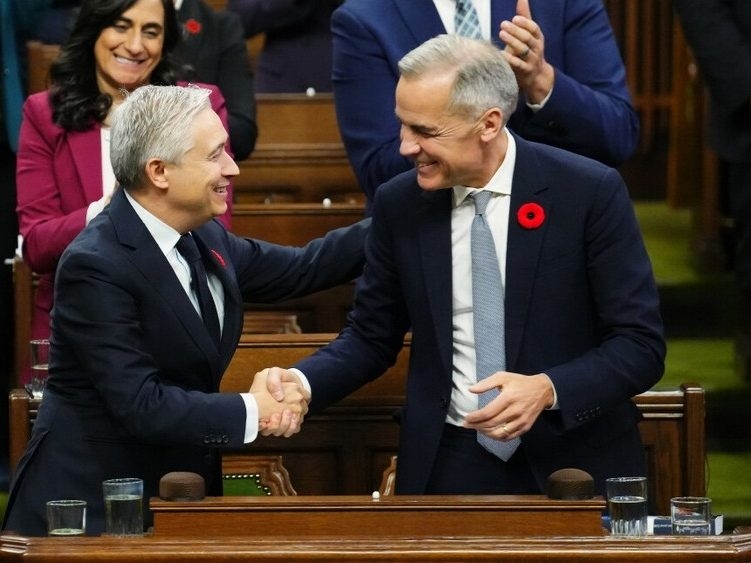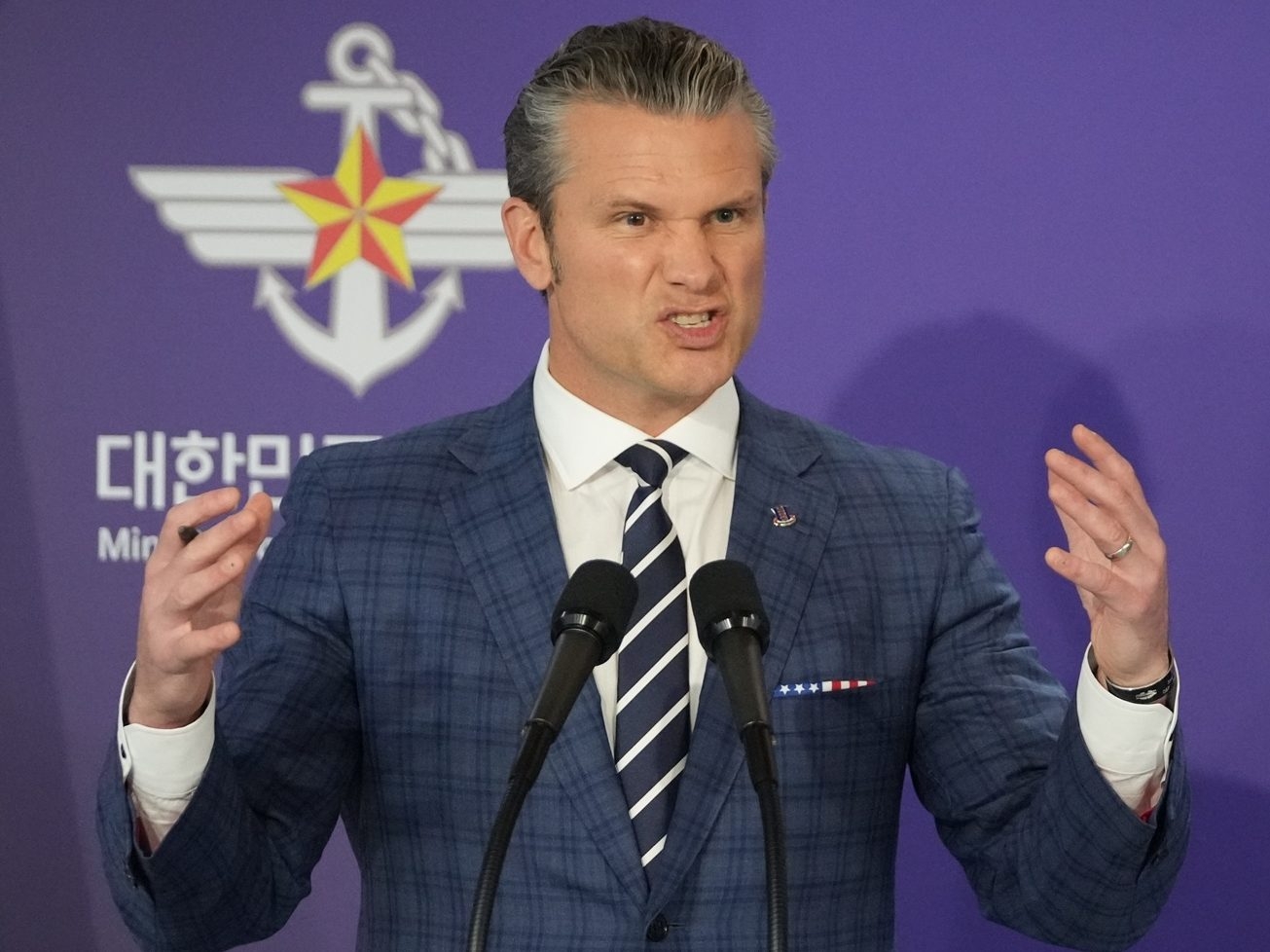The nation’s financial picture is darkening. Despite pledges of fiscal responsibility, the federal deficit has surged to $78.3 billion – more than double previous projections. This dramatic increase reveals a stark reality: current spending far exceeds stated goals.
A troubling milestone has been reached. The cost of servicing Canada’s debt now surpasses federal health care spending. This year alone, debt interest will consume $55.6 billion, projected to climb to $76.1 billion by 2029-30. Meanwhile, the Canada Health Transfer will reach $54.7 billion, lagging significantly behind the escalating interest payments.
The narrative of austerity doesn’t align with the numbers. Total government spending has risen by $37.6 billion, even as revenues are projected to fall slightly. The promised reduction of 40,000 civil service positions appears less impactful, likely achieved through attrition rather than substantial workforce reductions.

Certain spending choices further underscore the budget’s direction. An additional $150 million has been allocated to the CBC, and resources are being directed towards bringing Canada into the Eurovision Song Contest. A $38.7 million, three-year commitment continues funding a controversial gun confiscation program.
Not all measures are cause for concern. The government has wisely eliminated the 10% luxury tax on items like private planes and yachts, a tax that demonstrably harmed Canadian manufacturers. Similarly, the cumbersome and ineffective underused housing tax is being scrapped.
Positive steps are being taken to stimulate economic growth. New measures allow for immediate tax write-downs on investments in manufacturing and processing facilities, incentivizing productivity. Tax credits for liquefied natural gas projects are also being extended, potentially boosting Canada’s GDP.
The budget signals a potential shift regarding the oil and gas sector. While an emissions cap remains in place, hints suggest a reconsideration of its strictness. This comes amidst acknowledgement that lower oil prices are negatively impacting the Canadian economy and government revenue.
A significant opportunity for bold action appears to have been missed. The budget falls short of the ambitious vision of “thinking big and acting bigger,” a promise made but not delivered. This represents a lost chance for genuine, generational change.
The political implications remain uncertain. While this budget may not trigger an immediate election, the possibility of shifting allegiances within Parliament exists. The outcome will ultimately determine whether this budget, and its inherent shortcomings, are accepted as the new fiscal reality.
Ultimately, this budget represents a continuation of existing patterns rather than a decisive break. Canadians face a future where debt burdens continue to grow, potentially diminishing long-term economic prospects and limiting opportunities for future generations.





